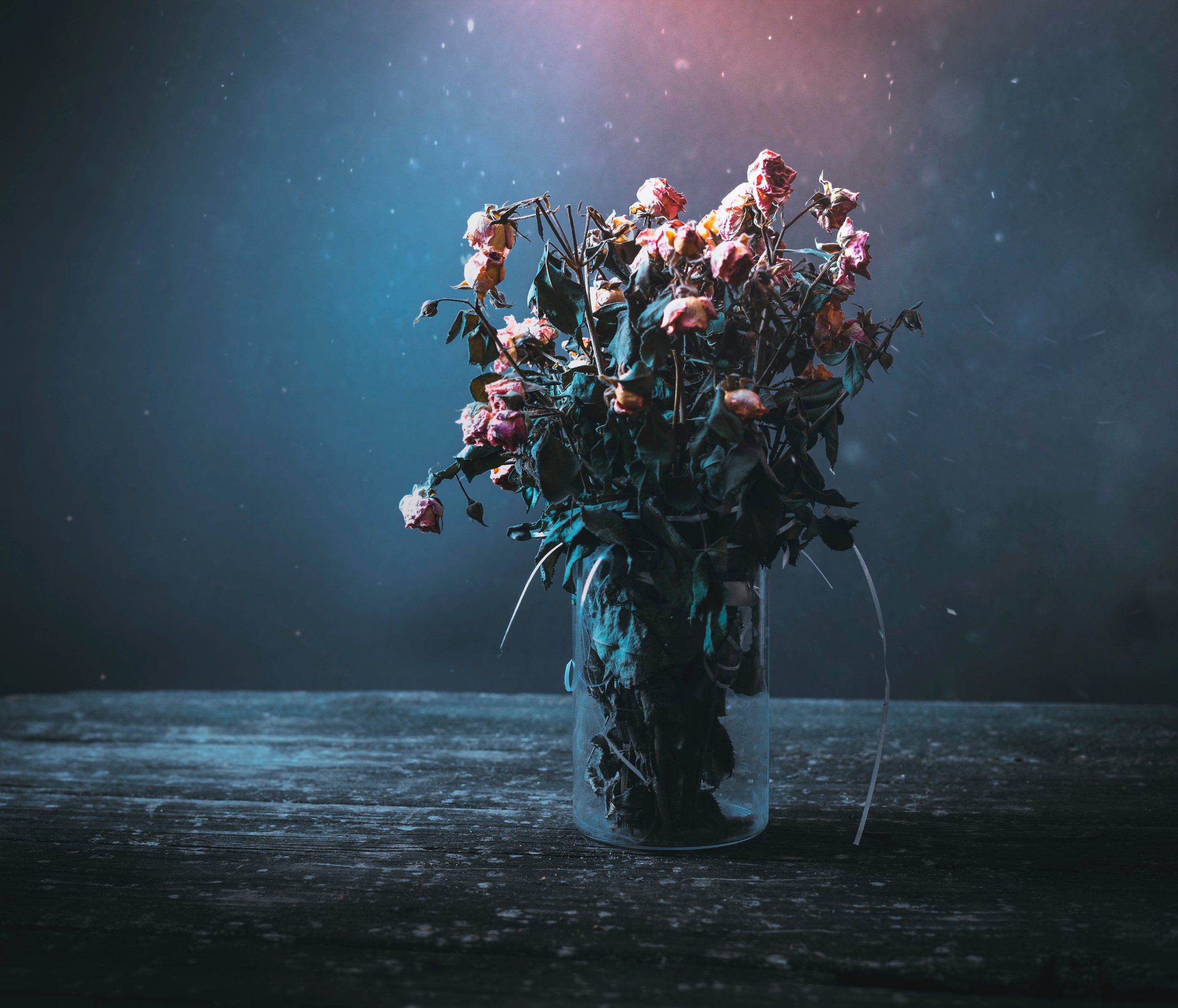The Elements of Fine Art Photography
Fine art photography is one of those genres in our industry which can be difficult to define. There is a certain quality or aura to fine art photography which sets it apart from other works but describing just what that is can be challenging. So how do you create it, if it's difficult to explain it?
What we can say is that fine art photography doesn't come across as ordinary pictures. It's more artistic than that. It's something that could easily hang in an art gallery.
Defining Fine Art
If you're planning your photo shoot or scene in any way which isn't an ordinary shoot, but a session with a more artistic sense or goal, then it's fine art. Most photographers don't start out shooting fine art. It's something they work towards as they build their skills and experience as photographers. In many ways, it's entirely appropriate to call talented fine art photographers artists.
Here are some of the elements you should look for in a fine art portrait.
Artistic Lines
As we've said, fine art photography is more art than ordinary portraiture. Artistic poses are commonplace in this genre of photography.
How does the model's body create artistic or unusual lines or interest? Usually, shoulders are dropped in a manner that draws the viewer's eye directly to the model.
Loose limbs draw more interest than tightly folded or crossed limbs.
The model's body creates curves and lines for a more interesting composition.
Props are another way to add creative lines to the scene whether it's in the model's hands or in the background.
The beauty of fine art photography often lies within subtle details and nuances.
Backgrounds
In fine art portraits, the background is usually very much just that: a background. The starring role usually goes to the model in the portrait with everything else playing minor characters there as a supporting cast.
The background is often black or something very simple because its job is to set the model up as the main interest for the viewer.
Creativity
A fine art portrait is creative if nothing else. Without something artistic or innovative about it, it's a challenge to consider it as fine art. There are a few elements which can help define a fine art portrait:
Motion Blur as a way to represent more than just motion. It's often used as a photographic metaphor representing something more.
Costumes and/or artistic make-up are used for interest or depth. They can enhance the model's role in the scene.
Props can be used as an element within a scene to enhance it further, define it, draw the viewer's eye in a certain direction, or tell a story. It can sometimes be as irrelevant as a background or as critical as the model.
Color & Lighting
Color and lighting can transform a portrait. If you consider how the Flemish oil masters once used color and light in some of the great masterpieces, you can better understand the role of color and lighting in fine art photography.
Today's fine art photographers are masters of color and lighting. They can accomplish much of that during a photo session, but much of it also can be done through post-production editing using software like Lightroom and even presets. Everything from color to texture and lighting can be accomplished.
Summary
To become an outstanding fine art photographer takes time, patience, and skill. It's a genre that doesn't necessarily come easily but can be immensely satisfying once you feel you've accomplished it.






















